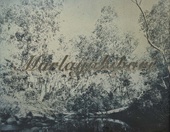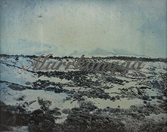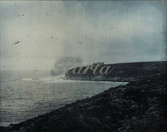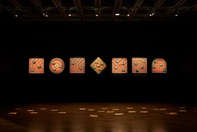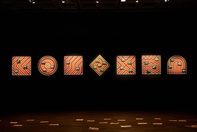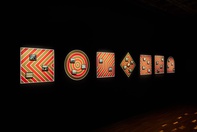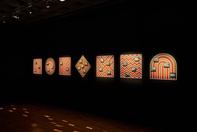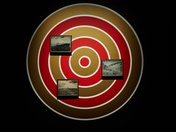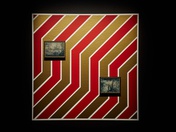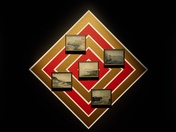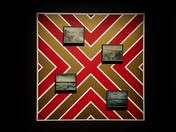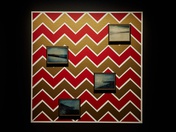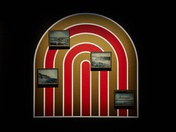James Tylor
Ngunnawal/Ngambri Country, Kamberri (Canberra). Kaurna, Thura-Yura language region
2021
Displayed 2021 at Art Gallery of New South Wales
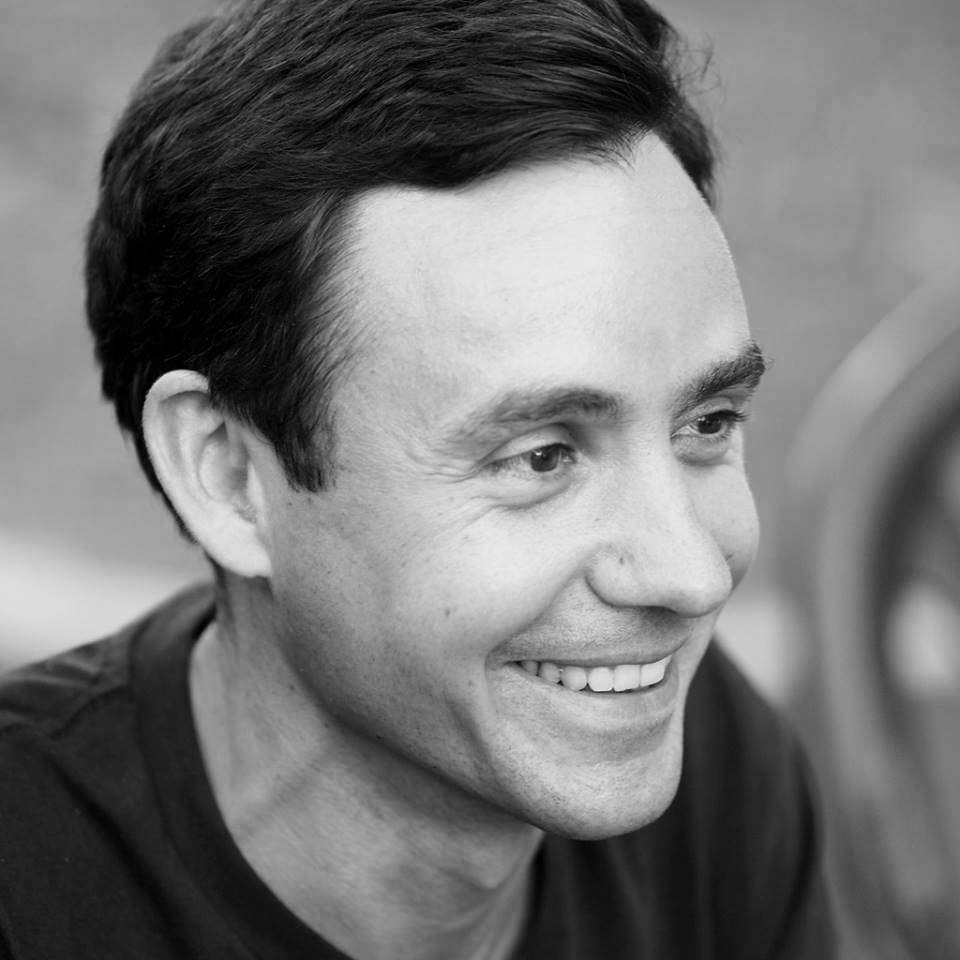
James Tylor
Born 1986, Latje Latje/Barkindji Country, Mildura, Victoria. Lives and works on Ngunnawal/Ngambri Country, Kamberri (Canberra). Kaurna, Thura-Yura language region
James Tylor is an artist with Nunga (Kaurna), Māori (Te Arawa) and European (English, Scottish, Irish, Dutch and Norwegian) ancestry and explores Australian cultural representations through this multicultural lens. Using photography, video, painting, drawing, sculpture, installation, sound, scents and food, his work explores the history of 19th-century Australia, and its continual effect on present-day issues surrounding cultural identity and the environment. Tylor’s research, writing and artistic practice has focused specifically on Kaurna culture from the Adelaide Plains region of South Australia and more broadly European colonial history in southern Australia. His practice also explores Australian indigenous plants and the environmental landscape of southern Australia.
Photograph: Tony Kearney
Artist text
by Coby Edgar
James Peter Tylor (Possum) is a facts kind of man. He could have been a historian. He has been this way for the decade and a bit I have known him and, if he is anything like his gran with her photographic memory (which he is), Tylor has always been a facts man. He would have been the type of child who defied his teachers, not as an act of rebellion, but because he knew they were wrong.
In his early life, this defiance was countered by people who tried to stifle and silence him. When I met Tylor at a university orientation day, he was a few years older than me and had considerably more life experience. He taught me to see my world differently. As we walked the Country of his Kaurna Ancestors, Tylor casually showed me how to read landscapes and ways to harvest barks and saplings to make objects. He became my brother, teacher and closest friend.
We’re not at university anymore and our lives have diverged, but I think we remain much the same at the core of our beings. Tylor is filled with a thirst for knowledge and an independence of spirit. He is a mostly self-taught cultural practitioner (he had no consistent patriarch to teach him) who shares his learning with community. He is fair. He is generous. Most of all, he wants people to see the closest thing to ‘truth’ that can be pieced together from pre-colonial, colonial and contemporary recordings and expressions of history and culture.
The young man who I would go walking with through the bush taught me to love Country deeply. He taught me to not be ashamed of history; it isn’t something we chose after all. Tylor has shown me that when we are armed with knowledge of the past, we can change our future. Throughout his career he has looked at histories of people and place and tried to understand how we can use the lessons of the past to bring us closer to Country and to one another.
We Call This Place… Kaurna Yarta (2020) seeks to teach us about the history of people, Country and culture from the Kaurna Yarta region. Tylor wants us to understand the power of language and its direct relationship to landscape and people. He provides a rich overview of the history of place and people, describing how they were colonised, and why certain tools were so effective in the process of demolishing Aboriginal existence from sight. I won’t reframe the intricate and complex history here; Tylor does that perfectly well. The works are daguerreotypes of Kaurna Yarta Country: shiny, silvered surfaces you look both at and into, seeing yourself reflected in the landscape. Etched on the surface are the Kaurna (and Ngarrindjeri) place names of those sites. Names that have long been uttered by Kaurna peoples but, in recent decades, have been all but forgotten. The works awaken language that connects them back to place.
Speak the words Tylor reinserts into the landscape. Let the Ancestors of that place hear their tongue. Feel how Country resonates within your body when you are in these places and have a new knowing of place. It will change your life because you can’t abuse, neglect or ignore something you feel deeply. Knowing something forces you to hold responsibility for yourself and your community. That’s the power of Tylor’s works; he holds people accountable to history. He gives the gift of seeing the world differently and the tools to change how we relate to our environment through the act of knowing.
Artist's acknowledgements
This project has been assisted by the Australian Government through the Australia Council for the Arts, its arts funding and advisory body.
Atelier, the next generation of philanthropy at the AGNSW, proudly support James Tylor as philanthropy partner.
